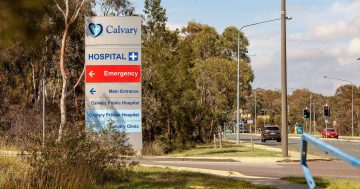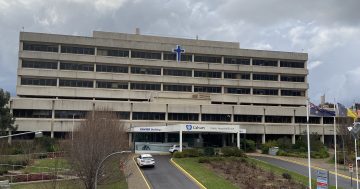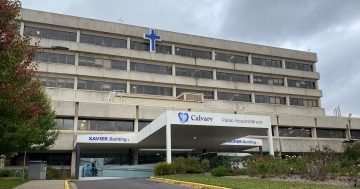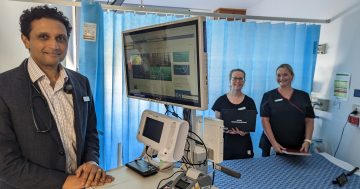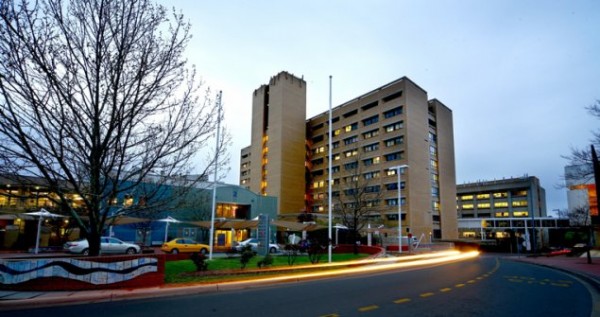 A late intense flu season is flooring the ACT’s hospital Emergency Departments and health officials are urging people to use alternative services unless they need urgent medical attention.
A late intense flu season is flooring the ACT’s hospital Emergency Departments and health officials are urging people to use alternative services unless they need urgent medical attention.
Clinical Director of the Canberra Hospital ED Dr Greg Hollis said both EDs were under intense pressure with more than 1,800 presentations to the Canberra Hospital ED and nearly 1,300 at Calvary Hospital ED from August 11 to August 17 inclusive.
Dr Hollis said that Canberra Hospital ED had dealt with an average of more than 250 patients a day during that period, and that during July and August there had been a nine per cent rise in ED presentations compared with the same period last year.
Calvary Hospital ED had seen an average of more than 180 patients from August 11 to August 17 inclusive, and during July and August had experienced a four per cent rise in ED presentations compared with the same period last year.
“The current increase in demand for ED services is putting pressure on our staff and we are seeing higher than usual waiting periods for non-urgent patient presentations. It is important for people to be aware of this before they present to ED and to consider whether their ailment is a genuine medical emergency,” Dr Hollis said.
He said ACT Health was working with Calvary Public Hospital Bruce, the Southern NSW Local Health District and the Capital Health Network of the ACT to meet the increased demand for health services.
Canberrans in need of specialist emergency medical care should visit their closest ED, while those in NSW areas such as Jerrabomberra, Queanbeyan and Googong should go to Queanbeyan District Hospital.
ACT Health urged people with non-urgent conditions to see their GP, attend the Walk-in-Centres in Belconnen and Tuggeranong, or visit the local pharmacist.
They can also contact healthdirect, the National Home Doctor Service or the Canberra Afterhours Locum Medical Service.
ACT Acting Chief Health Officer Dr Andrew Pengilley said there had been a rapid upswing in the number of flu cases in the ACT, and that as of 17 August there had been 1,035 confirmed cases of influenza, compared with 1,600 last year.
Dr Pengilley said the virus had hit the middle aged and children particularly hard, groups that may not have been vaccinated.
But he said it was not too late to get a flu shot. “The 30 and 40s may not think of themselves as a target group. We want them to get vaccinated to protect themselves and protect others from transmission.”
While flu was notorious for mutating, Dr Pengilley said a new strain was put into the vaccine every year, including the one doing the damage now.
Dr Pengilley said those who were already ill should focus on not exposing others to the virus, cough into a handkerchief, not on people, and wash hands with soap and water, as the virus can survive on hard surfaces.
“They should stay away from large numbers of people, particularly until well,” he said.
Dr Pengilly urged employers not to expect staff to soldier on.
“Flu was not a minor illness and you don’t want it transmitted around the workplace,” he said. “I would put it to any employer that their staff would be much better at home than coming into the office and making another six people sick.”
Dr Pengilley said it could be a month before there was a fall in the number of cases.
“The onset of warmer weather will help but it tends to go on well into September. Over the next couple of weeks it’s going to be very intense,” he said.
To check how busy the Calvary and Canberra Hospital EDs are go to http://www.health.act.gov.au/LiveEDactivity.















